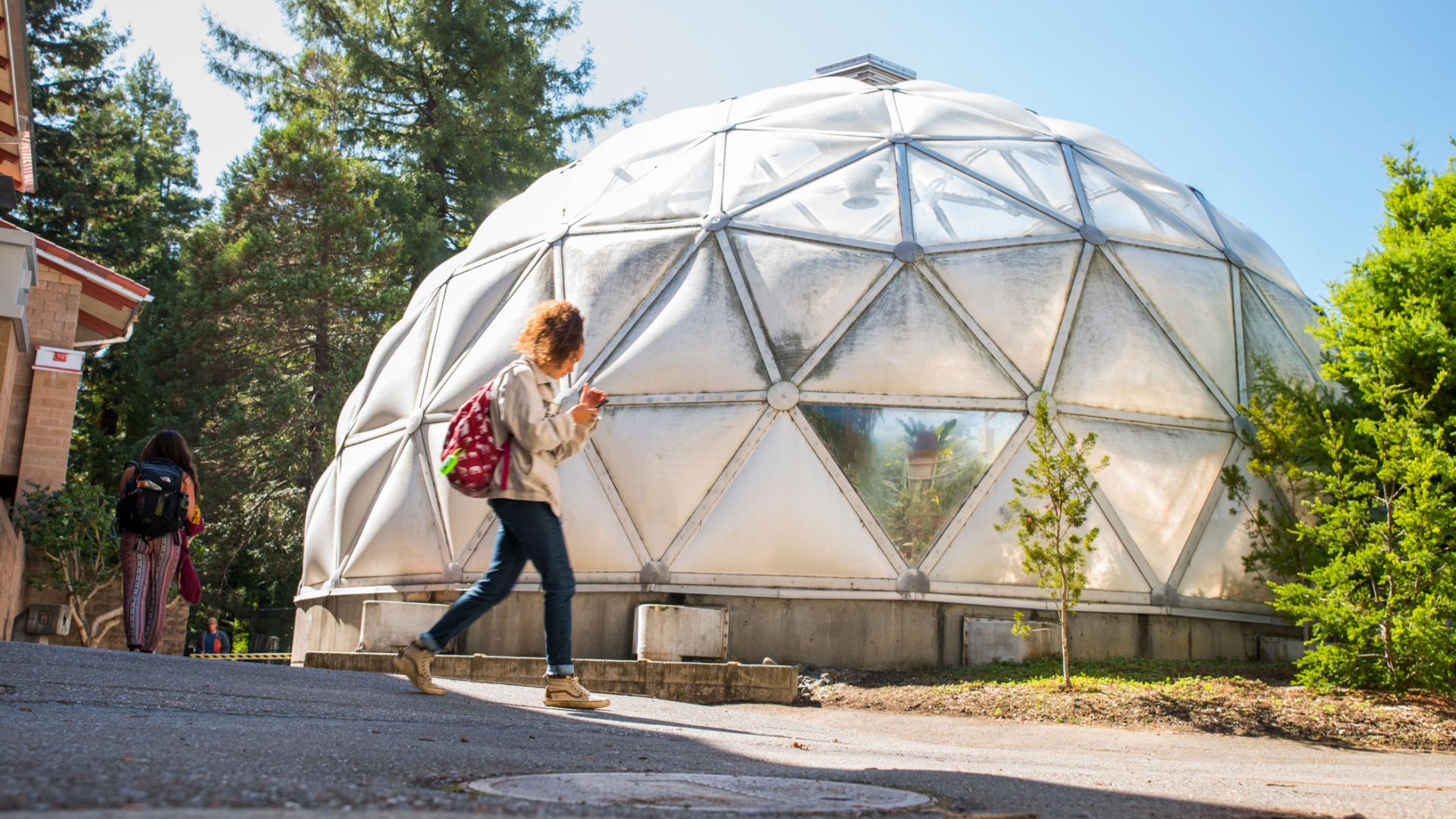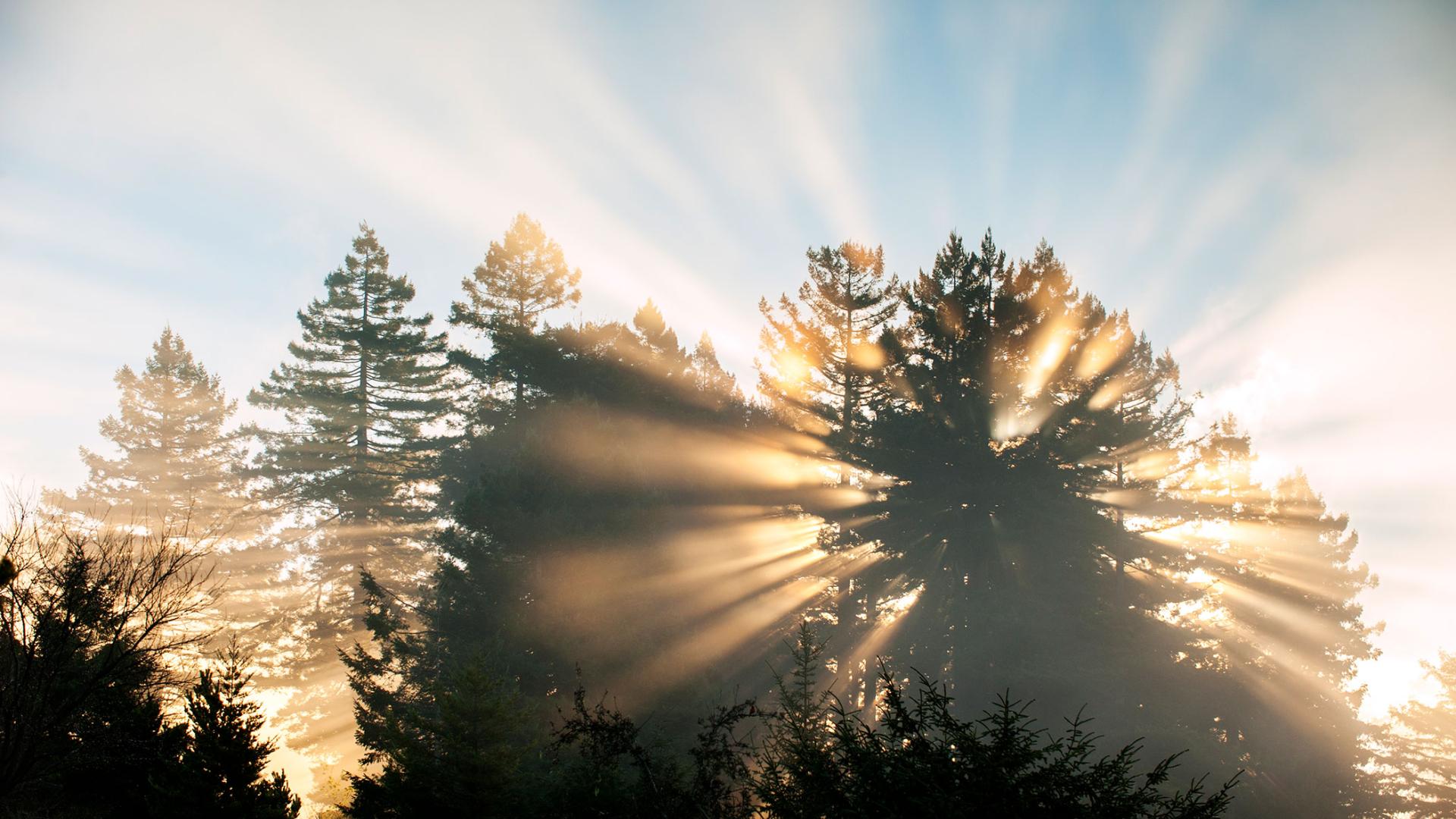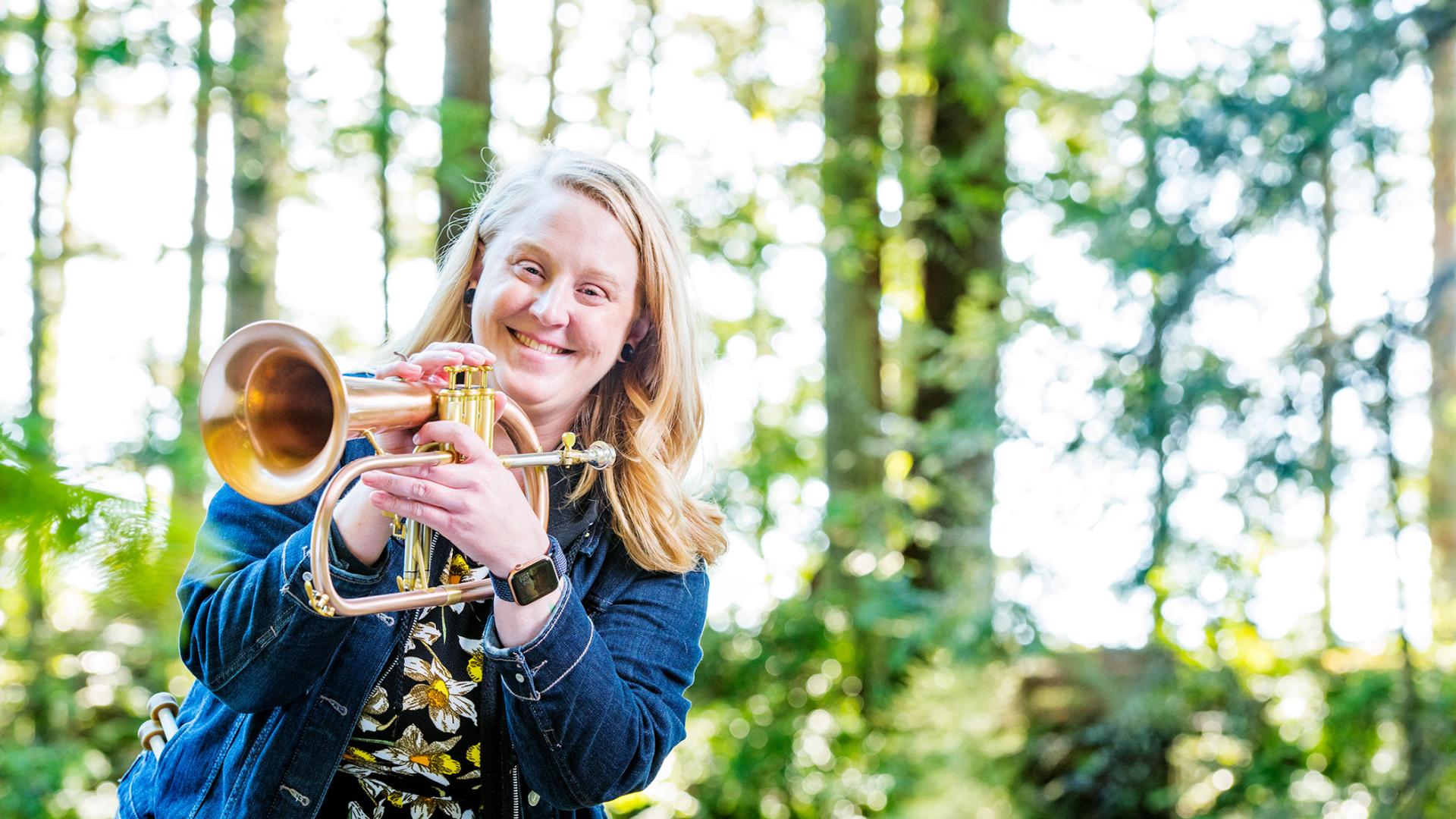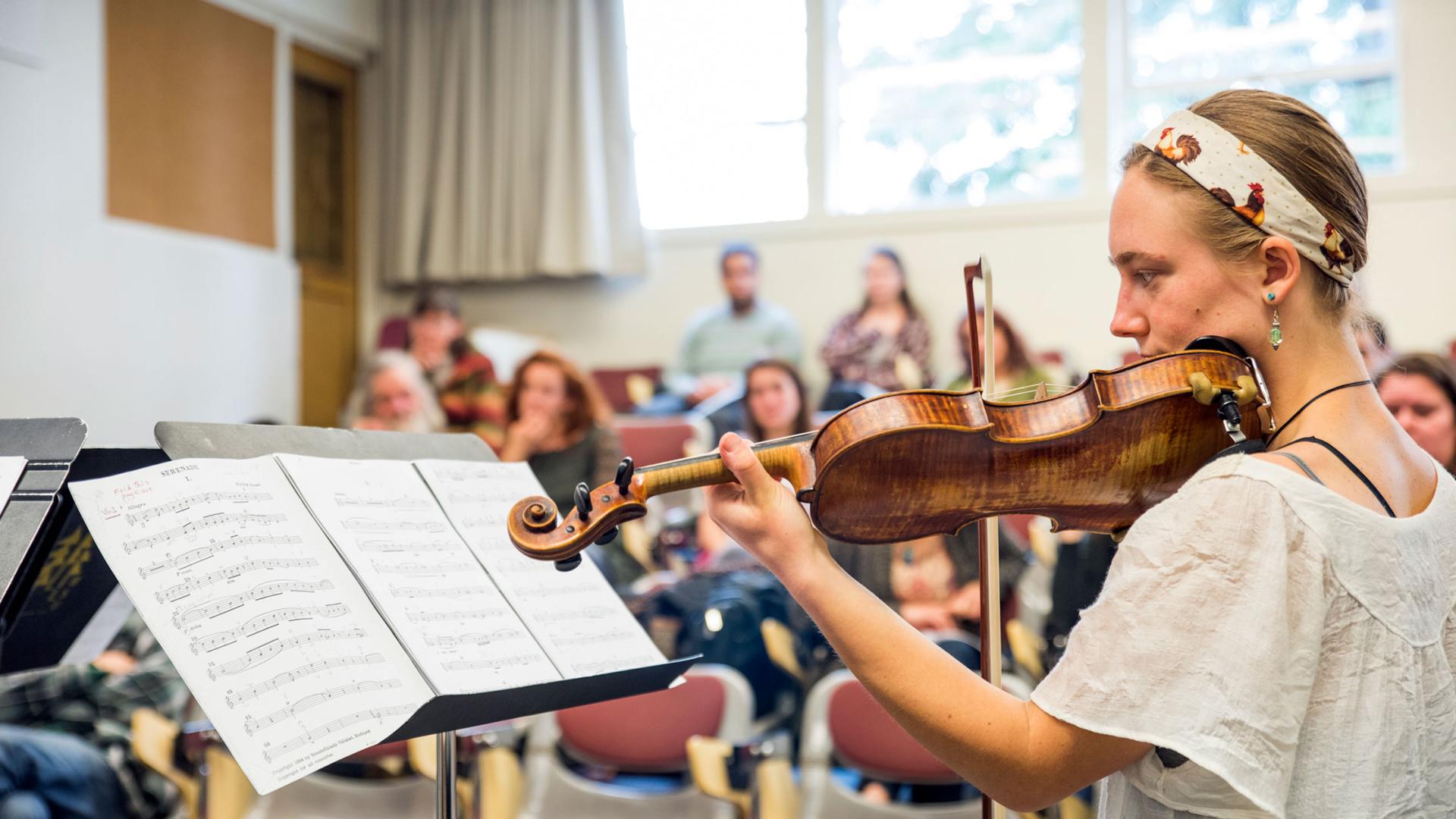Breadcrumb
Achievements
Find out what our students, faculty, and staff are being recognized for.
Adam Carter
Computer Science
Adam Carter will present his paper, "Using Programming Process Data to Detect Differences in Students' Patterns of Programming" at this year's ACM Special Interest Group on Computer Science Education (SIGCSE) in Seattle, WA.
Walt Duffy and Sharon Kahara
Wildlife
"Ecosystems of California" won two 2017 PROSE awards, which are given by the Association of American Publishers. It won the award for environmental science, and the overall award for excellence in physical sciences and mathematics.For more information on AAP 2017 awardees visit:
https://proseawards.com/winners/
Mark Szymanski
Geology
Mark Szymanski (MS Student, Geology) received a $1,000 research grant from the Northern California Geological Society. Mark will these funds to measure oxygen isotope ratios of olivine crystals in lavas erupted over the last 750,000 years in the Sierra Nevada. Results from Mark's thesis will advance our understanding the controls of where mafic volcanoes form and how they evolve.
Amy Sprowles and Kerri J. Malloy
Biological Sciences
Amy Sprowles (Biology) and Kerri J. Malloy (Native American Studies) presented their paper “Klamath Connections: creating cultural awareness through interdisciplinary study and community partnerships in the next generation of STEM professionals” at the Critical Histories and Activist Futures: Science, Medicine, and Racial Violence conference (February 24-25, 2017) at the Program in History of Science and Medicine at Yale University in New Haven, Connecticut. The conference focused on issues of science and racial violence as objects of historical study, and considered the lingering inequalities and injustices within history as a discipline.
Ron Fritzsche
Fisheries Biology
Emeritus Professor Ron Fritzsche (Fisheries Biology) was a contributor to the recently published FAO Species Identification Guide for Fisheries Purposes, "Living Marine Resources of the Eastern Central Atlantic, Vol. 3 Bony Fishes Part 1 (Elopiformes to Scorpaeniformes)," Kent Carpenter and Nicolette DeAngelis eds, FAO, United Nations, Rome 2016. Dr. Fritzsche contributed the section on the fishes of the order Gasterosteiformes (Syngnathidae, Fistulariidae, Aulostomidae and Macrorhamphosidae), pages 2231-2248.
Specialist Todd Golder and students Mariah Aguiar, Amanda Albright, Melissa Chase, Axel Sanchez, Eric Garcia, Monica Rodriguez, Steven Gilster, Tess Palmer, Darren Pinnegar and Kaelie Pena.
Forestry, Fire & Rangeland Management
Humboldt State University's Range Plant Identification team placed 5th in a contest that has been described as one of the toughest in recent memory. Deedee Soto, an HSU Botany major with a range minor, placed 5th in the individual category. Coached by lecturer/NRCS Rangeland Specialist Todd Golder, other team members include Mariah Aguiar, Amanda Albright, Melissa Chase, Axel Sanchez, Eric Garcia, Monica Rodriguez, Steven Gilster, Tess Palmer, Darren Pinnegar, and Kaelie Pena. These students were enrolled in RRS 475 Advanced study of Range Plants, offered every semester.
Most plant species on this test were grasses and many consisted of mere fragments of material. We owe much to HSU's exce
Annette A. Tabares (student) and Robert W. Zoellner (faculty member)
Chemistry
We have recently published an 11-page peer-reviewed article detailing the results of an undergraduate research project: Annette A. Tabares and Robert W. Zoellner; "Magnesepin, 1,4-dimagnesocin, 1,4,7-trimagnesonin, and their C6H6Mgn, n=1-3, isomers: A density functional computational investigation"; Heteroatom Chemistry 2017, 28, 21355. The journal, Heteroatom Chemistry, specializes in the chemistry of organic molecules containing some non-carbon atoms, which are often referred to as "heteroatoms".
Mathew Nyberg, Brian Draeger, Brian Weekly, Eileen Cashman, & Michael Love
School of Engineering
"Analysis of Vortex Pool-and-Chute Fishway" published in the American Journal for Undergraduate Research, Dec 2016 Volume 13 Issue 4. http://www.ajuronline.org/current-edition/.
Brian Draeger, Mat Nyberg, and Brian Weekly completed this research while pursuing B.S. degrees in Environmental Resources
Engineering. The analysis presented in this paper was conducted as a semester project for a River Hydraulics course instructed
by Dr. Eileen Cashman. The students’ interest and effort toward this project has continued beyond their course work under the
direction of Dr. Cashman and Dr. Margaret Lang.
Bret McNamara
Forestry, Fire & Rangeland Management
Bret McNamara won an award for best student poster at the Third Southwest Fire Ecology Conference in Tucson, AZ for his research entitled "Post-fire seedling establishment patterns of Hesperocyparis bakeri".
Bret is a graduate student working in the HSU Wildland Fire Lab and conducted this research in collaboration with faculty members: David Greene, Jeff Kane, and Melanie McCavour
Leonard Rios
Forestry, Fire & Rangeland Management
Leonard Rios presented his research on the "Effects of fire season on growth and defense in Pinus lambertiana" at the Third Southwestern Fire Ecology Conference in Tucson, Arizona.
Leonard is graduate student in the HSU Wildland Fire Lab working with Jeff Kane.






